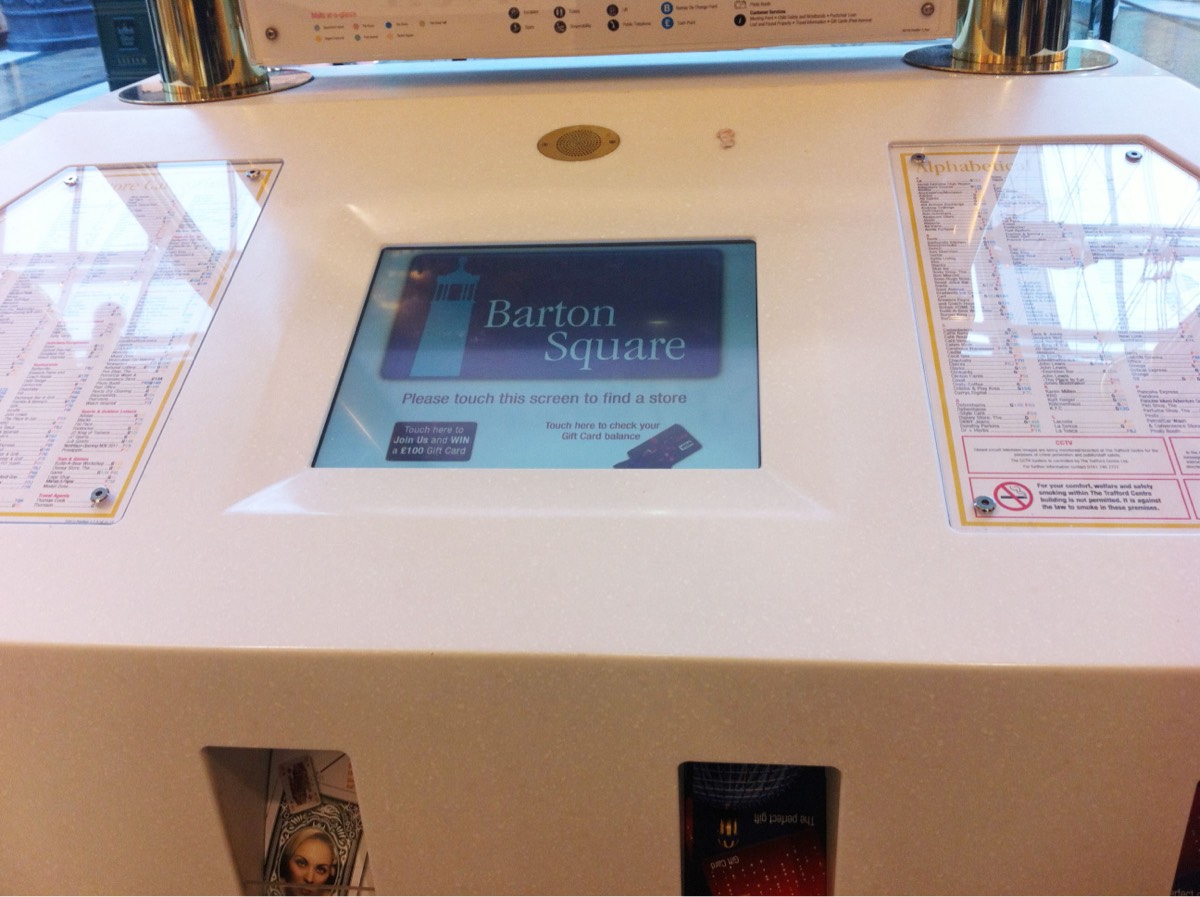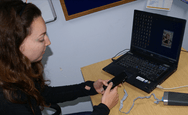How Ergonomics and Human Factors can help you

“We struggle to find good human factors people”
Jaguar Land Rover
Ergonomics and human factors specialists are very rare in the UK, so our team is incredibly unique. And good human factors specialists in particular are very difficult to find. Even a large iconic brand such as Jaguar Land Rover struggles.
Science
The added value Ergonomists provide include an insight into the more scientific aspects of human-machine interaction and physical aspects of hardware and workflow. Although more widely known for office layouts and designing work environments, Ergonomists often work directly with Designers to ensure products meet International Standards for human-centred design.
Hardware and software flow
Often within companies, hardware and software are designed by completely different departments which can result in a lack of flow between interacting with the device hardware and software for the end user. The ergonomist can bridge this gap, helping to create a seamless flow between hardware and software interaction. Ergonomists can recommend what hardware buttons are required to work with the interface, the size, type, and position they should be placed for ease-of-use, colour and grouping categories, the naming that should be used to be the easiest to understand and what force should be required to access them.
Prototype Testing
It is possible to test very early hardware and software concept prototypes via an expert usability evaluation (expert review) or even with users, much like a usability test, giving you vital feedback at an early enough stage to make cost-effective changes before it’s too late.
Testing the interaction between a mobile phone hardware prototype and software simulation.
Implications for touchscreen interaction
As touchscreens become more prevalent and are used by millions of people, the need for good user-centred designs becomes vitally important.
As opposed to standard interface design, touchscreens, in particular large screens, can require a great deal of physical interaction between human and hardware. If you aren’t careful, the user can end up suffering from a range of repetitive strain injuries or at the very least may just feel uncomfortable using your product rather than the pleasant feeling you want them to associate with your brand.
Frequency of use matters
Problems can occur when your software or product is used by someone on a daily basis. The more frequent the interaction, the higher the chance of encountering health problems.
This could be a mobile phone, a machine interface that someone has to use as part of their job, computer games, etc. The obvious knock-on effect for business is a poorly designed product that causes user dissatisfaction, health problems and bad PR.
Shopping centre touchscreens have less frequency of interaction so require incredibly high ease of use.

Trafford centre touchscreen
Implications for businesses on employees
For businesses whose employees are using the software, the likely outcomes are a dissatisfied, unmotivated workforce, poor productivity, increased error rates resulting in tasks taking much longer, increased absence and lower morale.
Implications for software and product companies
For software or product companies, the outcomes will likely be dissatisfied customers, poor reviews, increased returns, increased calls to customer services, less return customers and bad publicity which in turn leads to a lowering of the customers perception of your brand.
How we can help
Unlike other user experience and usability agencies out there, did you know we have a fully fledged Ergonomist here at Keepitusable? We also have many years experience of designing and usability testing for touch:
- We have one of the first ever mobile touch interface designers. He was busy designing smartphone mobile touch interfaces as far back as Ericsson and before the term ‘user experience’ even existed.
- We have carried out a huge amount of usability testing and user research with touch devices, in particular, mobile.
- We have created prototypes and conducted research with users to determine touch hit area sizes and to investigate things like environmental effects and multitasking.
- We have a dedicated in-house ergonomist and human factors expert which enables us to not only focus on the interface but also the hardware, position type and shape of buttons, physical aspects of interaction, posture, user dexterity, etc.
Related posts you may find interesting
Case study:
UX design, human factors and ergonomics for a premium factory food sorting machine touch screen interface.
Touch screen human machine interface design

